
 A Minnesota PBS Initiative
A Minnesota PBS Initiative
Minnesota is home to more than 66,000 Hmong people, making it the largest Hmong population in the world.
What led to this "Hmong Migration"? Why did the Hmong leave their native Laos and settle in Minnesota? And what exactly does it mean to be Hmong in America? These stories give a bit of insight.
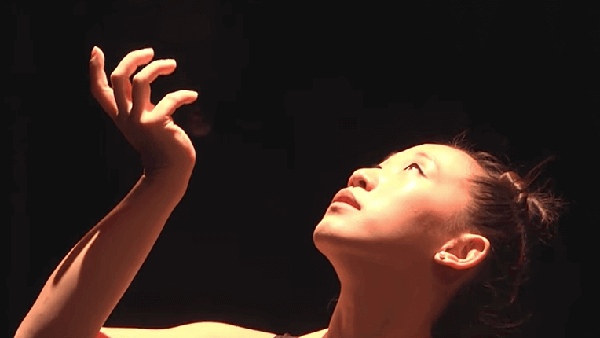
Hmong dance is collective. Hmong dance is community. Hmong dance is finding a home. Hmong dance is homeless. Hmong dance is complex. Hmong dance is me.
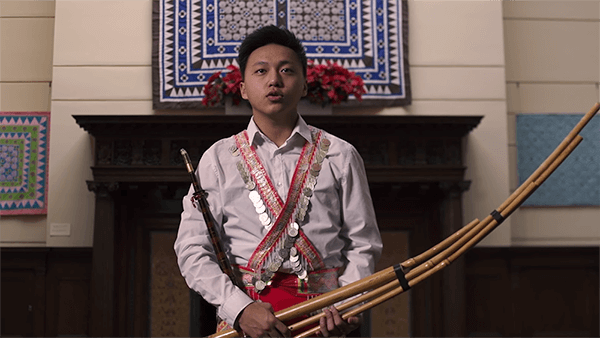
The qeej is an important part of my culture. I just want to keep preserving that and make sure the tradition keeps on going.
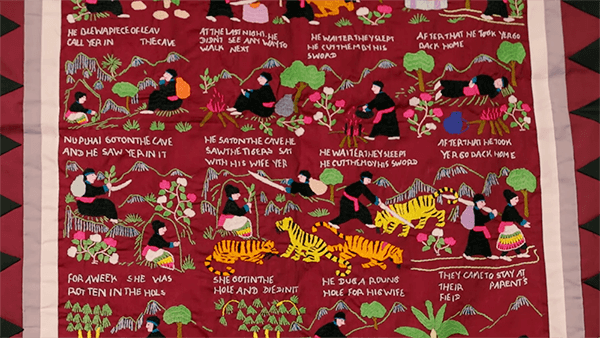
A lot of our kids are losing that language and they're speaking "Hmonglish" nowadays, and it's 10% Hmong and 90% English.
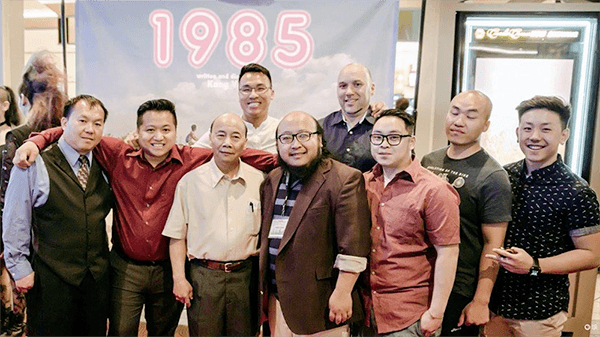
I wanted to do a documentary about my father's life and his role in the Secret War in Laos... he has the chance to tell this part of the war that for the most part is unknown.
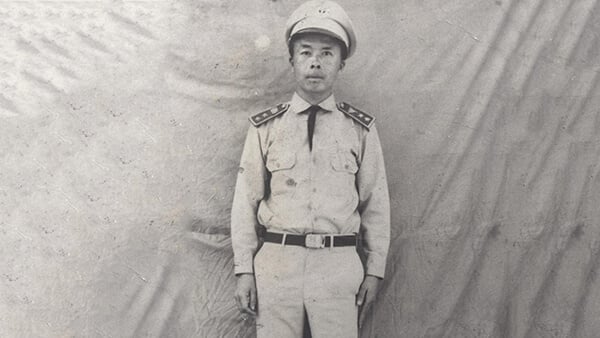
For my parents, the war was a chance to prove themselves, to be given an opportunity they never had before, to be a part of written history.
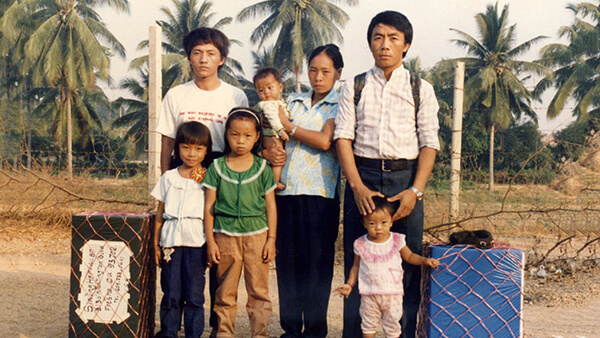
In our success, we lift up the spirits of the fallen, members of our community, our ancestors, our cousins, our aunts and uncles who were not fortunate enough to survive the war.
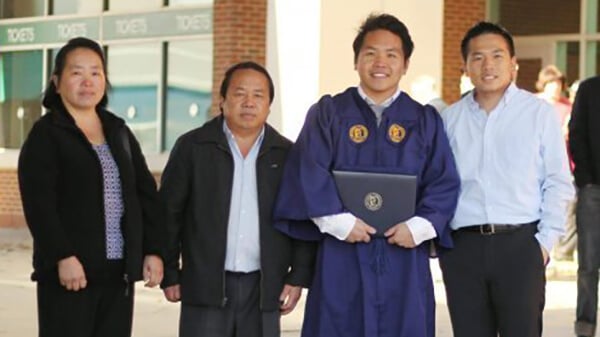
Despite the many tragic stories we heard as children, my grandparents and parents would also tell us about the beauty that was once their home.
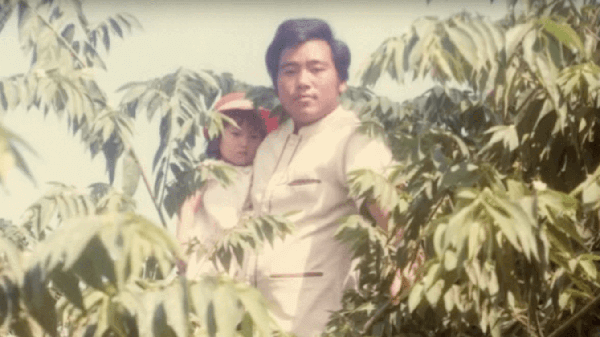
The adults continued having nightmares. They cried out in their sleep. In the mornings, they sat at the table and talked to us about their bad dreams: the war was around them.
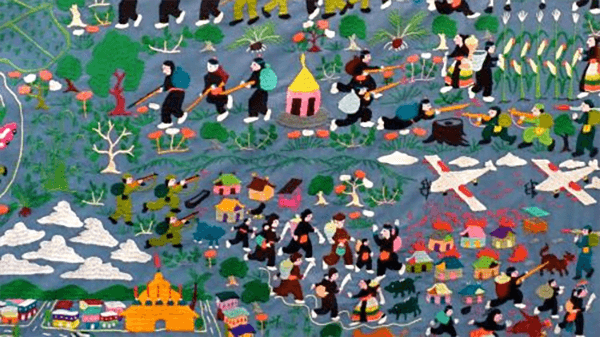
These stories need to be stitched together, like our story cloths, and passed on to the next generation. Slowly, I will know. Slowly, I will stitch.
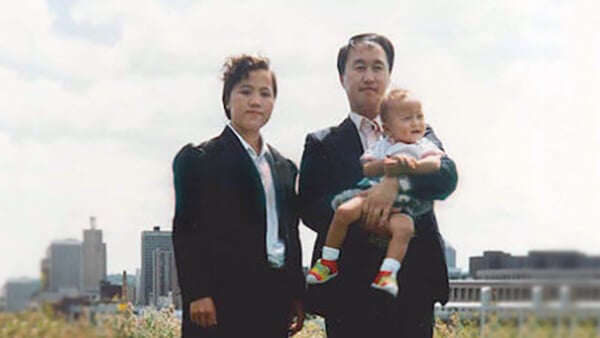
I’m not sure why it had to be black and white. I now understand that the problem was me and my struggle with the gray area between being Hmong and American.

The majority of us youth found a connection with hip hop because it's really the same thing: we live in poverty and we're trying to find a way up by telling the world who we are.
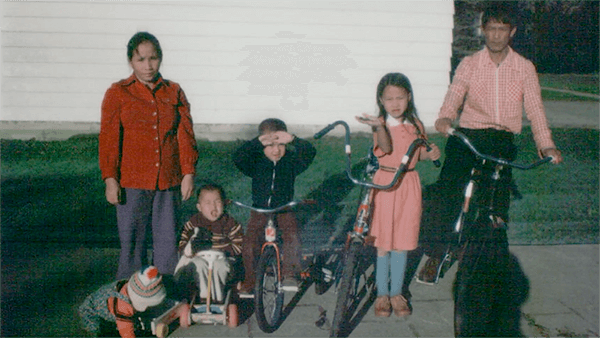
Reaching the United States brought one level of relief. The daily chance of dying fell dramatically, but the absence of immediate trauma released long suppressed fears and emotions.
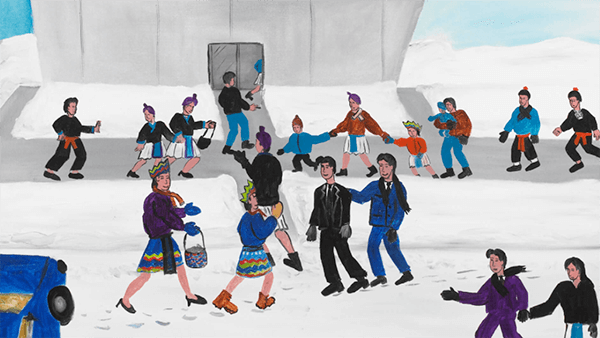
One night, partying at school, I saw myself in the mirror and was like, "Who am I, anyway?" I had that yearning to learn about who I am and where I came from.
Story Themes: America's Secret War, Art, Chai Lee, Cy Thao, Dance, Hmong, Identity, Immigrant, Jonathan Vang, Kang Vang, Kao Kalia Yang, Kaolee Vang, Kong and Shu Project, Look, Magnolia Yang Sao Yia, MN Original, Paul Vang, Personal Identity, Pioneer Public Television, Poetry, Politics, PTSD, Qeej, Refugee, Secret War, SGU, Shu Lor, Sia Her, Stories on a Theme, TPT, Twin Cities PBS, Xai Nou Vang